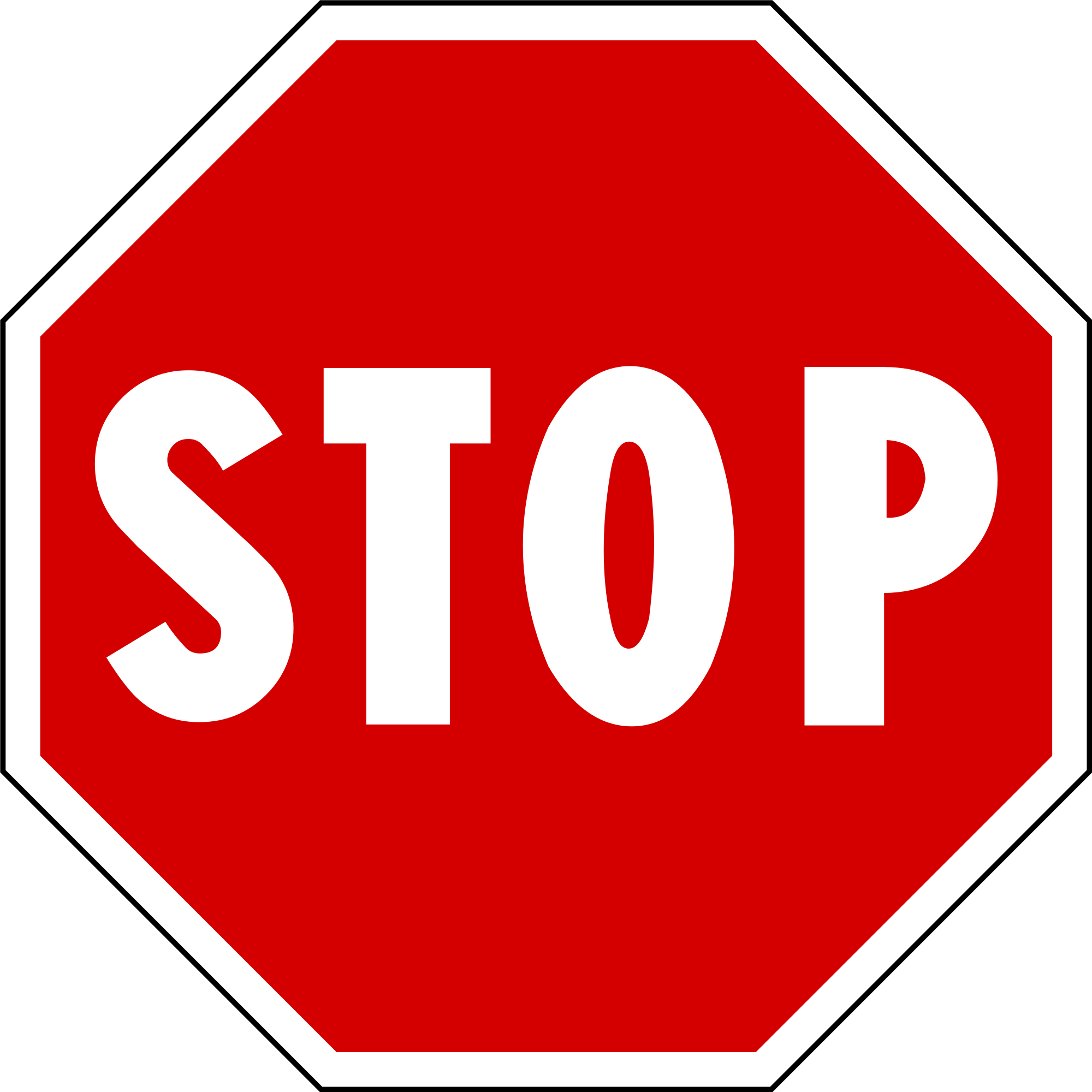May Blog: New (Novel) Psychoactive Substances – what can you do?
New (Novel) Psychoactive Substances – What can you do?
Everybody has heard of “legal highs.” The newspapers are full of stories about them and the current No. 1 storyline is how “Black Mamba” is turning people into zombies. With this in mind the LPC ran a couple of development events about New (Novel) Psychoactive Substances (NPS) to give pharmacists better insight into the problems associated with these drugs.
A National survey showed that a third of adults have taken a drug during their lifetime, with one in 11 adults (16-59yrs) having taken an illicit drug in the last year. Between 2003 and 2014 there was a 77% increase in hospital admissions with a primary diagnosis of “poisoning by illicit drugs.” More recently, East Midlands Ambulance Service reported 188 callouts in the first two weeks of August 2016, mainly in the Derby and Notts. area.
Community Pharmacy is well placed to offer support, identification and signposting about illicit drug use in general. However, I don’t think I have ever had a conversation with a patient about their use of NPS’s. The development event showed I wasn’t alone in this. There’s a gap in our knowledge and we do need a basic understanding of these substances.
So, here’s a starter for ten:
Synthetic Cannabinoid Receptor Agonists (SCRAs) (e.g. Spice, Black Mamba, etc.) for relaxation, euphoria, dis-inhibition, energised and altered consciousness. These are smoked or inhaled, and are rarely used in bongs/snorted or ingested. Detrimental effects: (a) Acute – include convulsions, paralysis, psychosis, extreme bizarre behaviour, tachycardia; (b) Chronic – psychosis and aggression.
Depressants (e.g. Ketamine, known as Special K or Kit Kat, benzodiazepines, etc.) for ‘buzzing”, euphoria, relaxation, increased sociability and increased libido. These are mixed with drinks to minimise the salty taste and occasionally snorted, but rarely injected. Detrimental effects: (a) Acute – include drowsiness, cardiac problems, GI effects, hypothermia, respiratory depression and coma/death (usually in combination with alcohol or benzodiazepines); (b) Chronic – severe dependence.
Dissociative (e.g. Ketamine,) for dissociation, intense detachment, perceptual disorders, auditory and visual hallucinations. These are snorted and rarely taken orally or injected. Detrimental effects: (a) Acute – include nausea, slurred speech, dizziness, collapse, agitation, tachycardia and visual hallucinations; (b) Chronic – psychosis, depression, anxiety, cognitive impairment and dependence.
Stimulants (e.g. Mephedrone, Khat, Bath Salts, etc.) for euphoria, elevated mood, reduced hostility, increased sensuality, improved sexual functioning, prolonged sexual performance. These are snorted, mixed with drink due to taste and injected. Detrimental effects: (a) Acute – psychosis, jaw clenching, teeth grinding, tremor, tachycardia, headache and convulsions); (b) Chronic – psychosis, depression, anxiety, cognitive impairment and dependence.
Hallucinogens (e.g. LSD, Magic Mushrooms, etc.) for euphoria, mild stimulation, altered sense of time and space, enhanced music appreciation, visual distortions, and intensified sexual feelings. These are taken orally, sublingually, buccal and rarely snorted, Detrimental effects: (a) Acute – dysphoria, panic, paranoia, tremor, tachycardia, hyperthermia, and depersonalisation; (b) Chronic – flashbacks, persisting perceptual disorders and rarely dependency.
Makes you wonder why anybody would want to take any of the above. To make matters worse people don’t really know what they are buying – what it says on the tin is invariably not exactly what’s in the tin! There’s no way of knowing the strength or what the substance has been adulterated with, or how you could react to what you have taken on each occasion.
Harm reduction advice may mitigate some of the worst problems for people. A lot of this is common sense:
- Seek urgent medical treatment if you’ve taken too much and don’t use other drugs in the hope of counteracting the effects;
- Two or more substances taken at the same time increase the risk of overdose and complications (especially sedatives such as alcohol and ketamine);
- Always have somebody with you and do not use these substances when you are alone;
- If going to sleep, sleep on your side in case you are sick during the night;
- If you are with somebody who has fallen asleep, or is unconscious, place them in the recovery position;
- Drink plenty of water and keep hydrated.
For more information specifically on NPS have a look at http://www.thedrugswheel.com. The Drugs Wheel, which was originally designed as a training tool, seeks to classify the drugs to allow for tailored advice and harm reduction to be given by category. This means that you don’t need in-depth knowledge of all of the drugs currently around (i.e. you can provide generic advice).
If you want some more detail about NPS visit project NEPTUNE at http://neptune-clinical-guidance.co.uk/e-learning/ for free online e-learning developed in partnership with the Royal College of Psychiatrists.
If you need to signpost somebody for help then try http://www.talktofrank.com. This website offers friendly and confidential drugs advice and an insight into users’ experiences.
On 26 May 2016 the Psychoactive Substances Act became law, making the “legal highs” become illicit to supply or possess with intent to supply. Unfortunately, the new law didn’t prove effective and there was an amendment to the Misuse of Drugs Act 1971. This made synthetic cannabinoid receptor antagonists (SCRAs) a Class B Drug under Part 2 of Schedule 2 of the Misuse of Drugs Act 1971. See link: Circular 010/2016. The penalty for possession of a Class B drug is up to five years in prison, an unlimited fine or both – https://www.gov.uk/penalties-drug-possession-dealing
Unfortunately, these drugs are taken by a percentage of the general public but if we at least have a sound understanding of their affects then we can try to support harm reduction.



